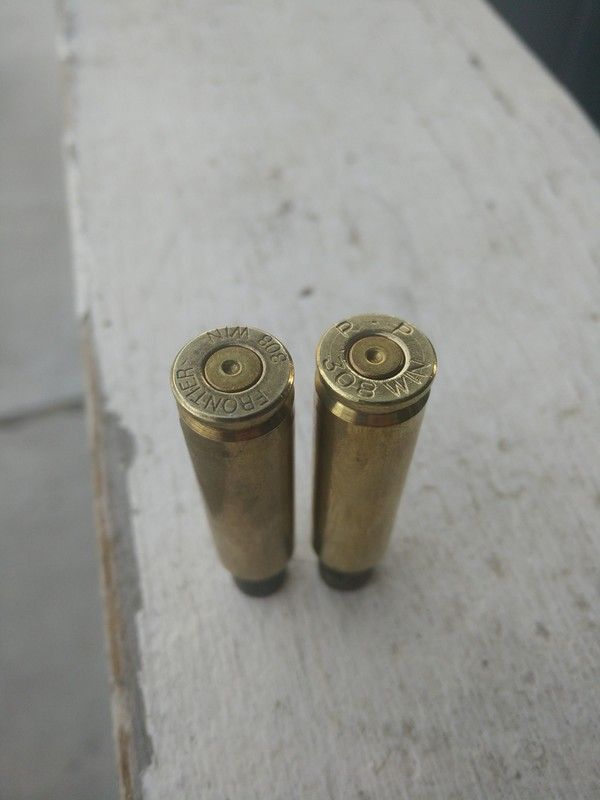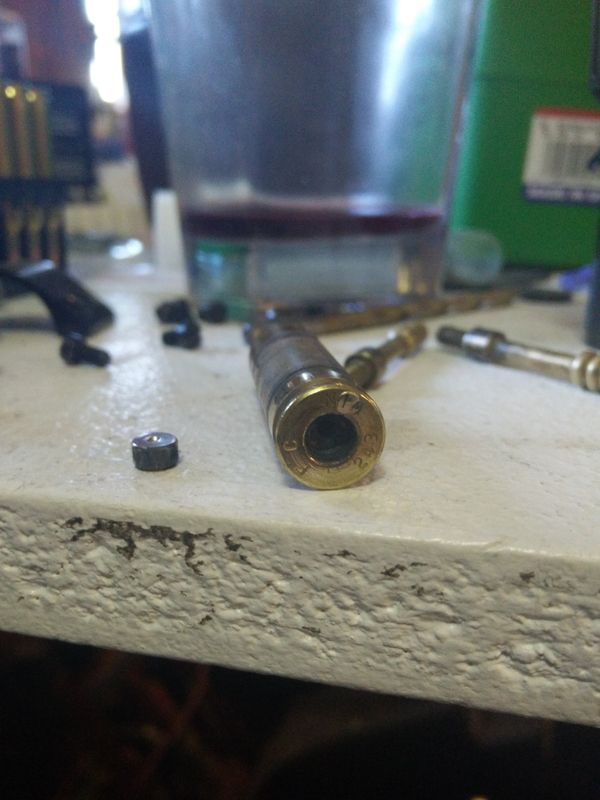Well played on the pic!
I agree that in any given application there is an exception, but the principal still holds. Seating deeper allows more blow-by, which is what Weatherby was after with the long throats. More gas bypass allows more bleed off, and a safety factor that way.
A compressed load is another animal. Powders will begin to get grumpy at some point, so they will no longer act in as linear and predictable fashion; so not quite the same discussion.
My point about "signs" is that it isn't close to rated cartridge pressure, and isn't consistent. Using that as your stopping point for safe pressures, is a bit like listening to your lifters hammer to decide if you need to change your oil. Lack of lubrication will cause then to clatter, but waiting that long isn't a great idea of you want the motor to last.
I used to think that my brass, primers, and extraction were really good at letting me know where pressure was. Then we began testing with a Pressure Trace, and I quickly learned I really didn't know nearly what I thought I did.
If you match book Velocity you may already be over pressure, when you exceed it you really exceeded SAAMI pressure.
Here is an example
High pressure? Nope, just another soft-headed Federal POS case. This one actually came apart in a rifle with the pressure trace, and went across the chrono.
Below, the case on the right, actually was a run away, that hit 75,000 psi at two different points when the bullet was still in the barrel.










 Reply With Quote
Reply With Quote
Bookmarks